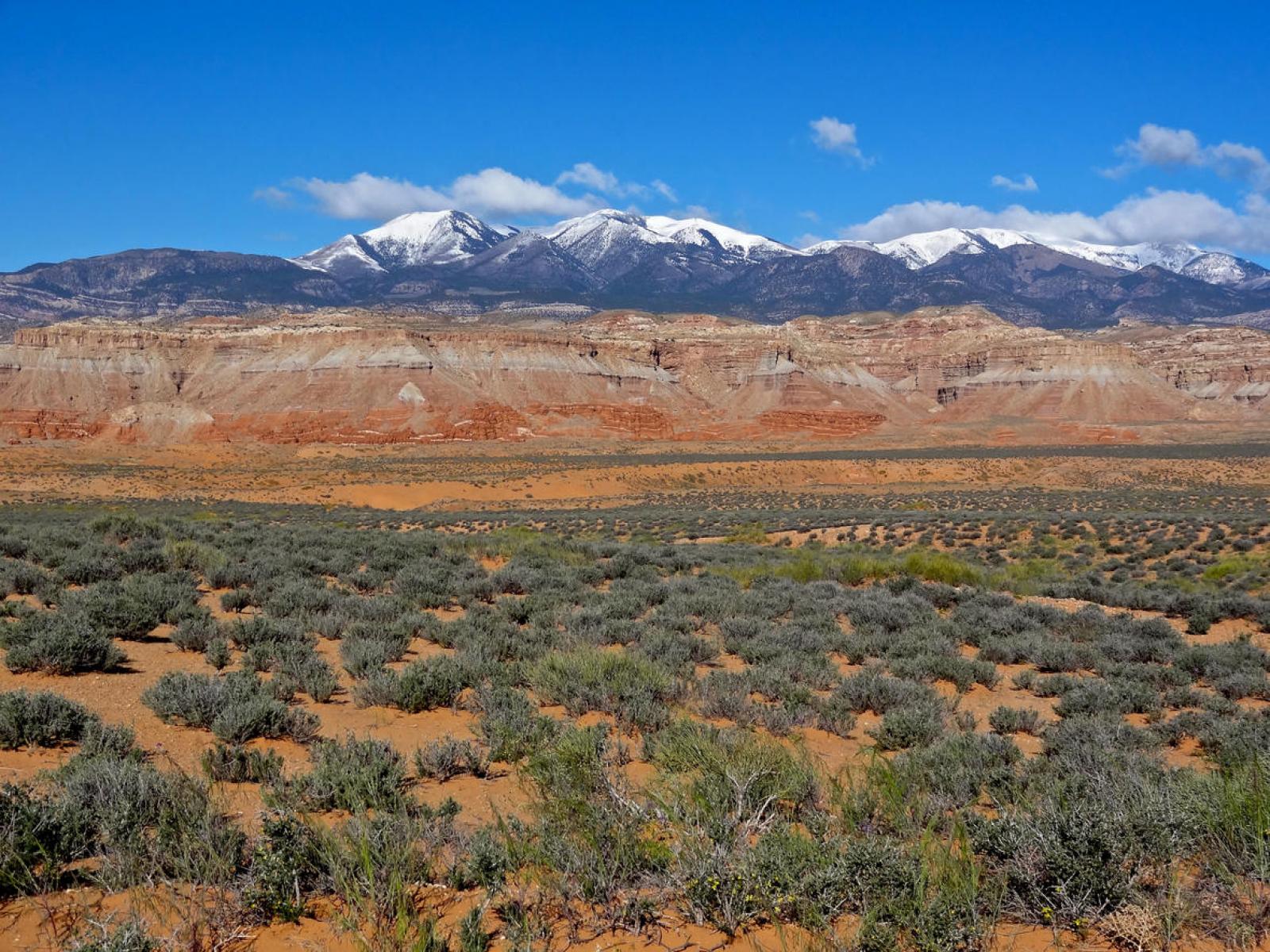Dryland Expansion Regulates Variability in Plant Biodiversity
Model shows quantified impact of accelerated dryland expansion on its productivity

The Science
Drylands, such as grasslands, savannas, and deserts, are expected to expand and become more arid at an accelerating rate over the next century. The effects of this expansion and degradation on their gross primary production (GPP) remain elusive. A recent paper in Nature Communications is the first to quantify the impact of accelerated dryland expansion on their productivity. In addition, as different subtypes of drylands expand and convert, large changes will be seen in how regional and subtypes contribute to variability in global dryland productivities.
The Impact
Drylands are the largest source of interannual variability in the global carbon sink. Any changes in dryland ecosystems under climate change would have large implications for global carbon cycle. This work improves our understanding of how accelerated dryland expansion impacts the productivity of drylands. Dryland expansion and climate-induced conversions among sub-humid, semi-arid, arid, and hyper-arid subtypes will lead to substantial changes in regional and subtype contributions to global dryland GPP variability.
Summary
Drylands, such as grasslands, savannas, and deserts, cover approximately 41% of the Earth’s land surface and support more than 38% of the global population. Global dryland ecosystems with high plant productivity account for approximately 40% of global land net primary production (NPP.) They also act as the dominate global land CO2 sink and, over recent decades, have contributed the largest amount of net CO2 flux affecting interannual variability.
To study the impact of accelerated dryland expansion and degradation on global dryland GPP, researchers from Washington State University and Pacific Northwest National Laboratory assessed MODIS GPP data from 2000-2014 and the CMIP5 aridity index (AI.) Results from the investigation shows a positive relationship between GPP and AI over dryland regions, with total dryland GPP increasing by the end of the 21st century by 12 ± 3% relative to 2000–2014 increases. However, GPP per unit dryland area will decrease with degradation of drylands. Such expansion and conversions among different subtypes of drylands will lead to large changes in regional and subtype contributions to variability in global dryland productivity.
Researchers in this study used a cubic fitting method to find the relationship between dryland GPP and CMIP5 AI data. With long-term GPP data, they analyzed the trend and interannual variability of dryland GPP into the future. To verify the accuracy of projected GPP data, the team compared projected GPP data to GPP data from 15 CMIP5 models. The results showed agreement with the modeling data in eight regions during the same period.
Dynamic Earth system models are essential to more fully understand dryland ecosystem–climate interactions.
Funding
This work is supported by the U.S. Department of Energy (DOE) Office of Science, Biological and Environmental Research (BER) program as part of BER’s Subsurface Biogeochemical Research Program (SBR) at the Pacific Northwest National Laboratory (PNNL.) We also acknowledge support by the Second Tibetan Plateau Scientific Expedition and Research Program (STEP), Grant No. 2019QZKK0602, the National Natural Science Foundation of China under grants 41521004, 41991231 and 41975075, the Foundation of Key Laboratory for Semi-Arid Climate Change of the Ministry of Education in Lanzhou University, the China 111 Project (No. B13045), the Fundamental Research Funds for the Central Universities (lzujbky-2017-it18.)
Contact
Published: August 27, 2020
Yao, J., Liu, H., Huang, J., Gao, Z., Wang, G., Li, D., Yu, H., Chen, X. 2020. Accelerated dryland expansion regulates future variability in dryland gross primary production. Nature Communications, (2020) 11:1665 | https://doi.org/10.1038/s41467-020-15515-2.